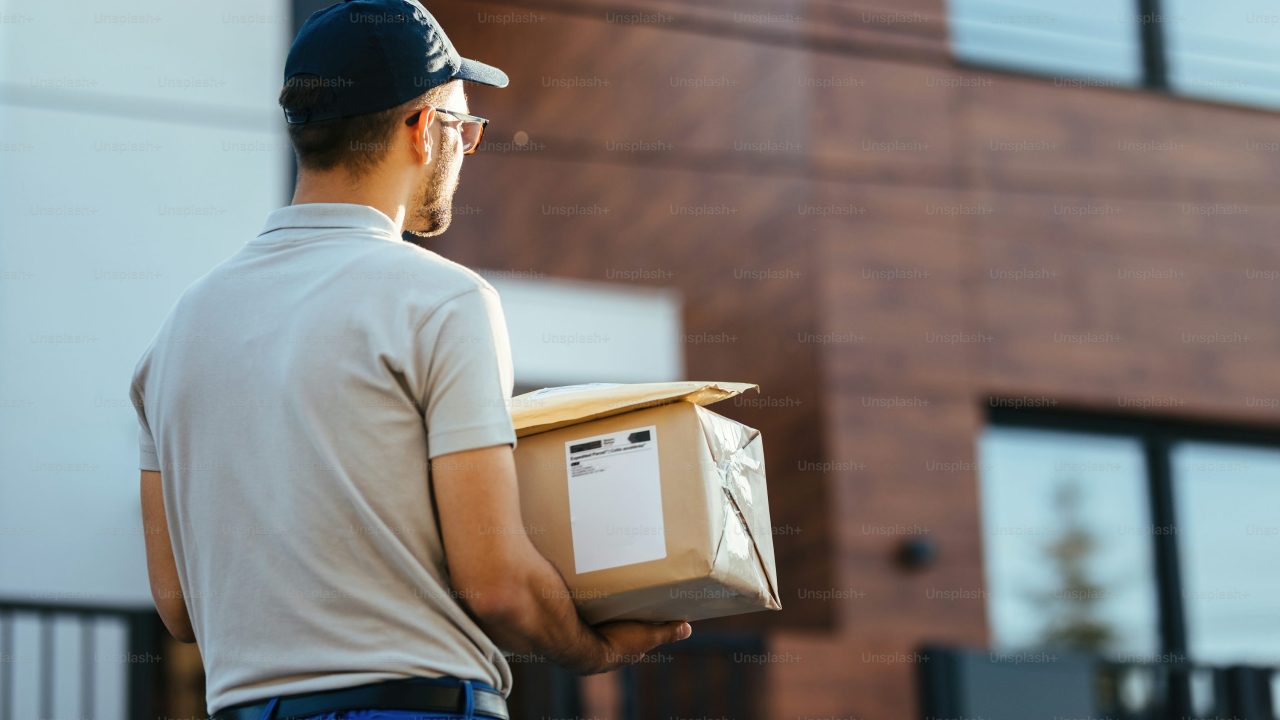Introduction to Amazon Business Models
In today’s fast-growing e-commerce landscape, entrepreneurs are constantly debating the benefits of different selling strategies on Amazon. Two of the most popular models are Amazon FBA Wholesale and dropshipping. Both options offer unique advantages for sellers, but the choice largely depends on your goals, resources, and long-term vision. For many, starting with Amazon fba wholesale provides a stronger foundation for growth, while dropshipping may appeal to those looking for minimal upfront costs. Understanding the differences between these two models will help you make an informed decision about which path is best suited for your business.
What Is Amazon FBA Wholesale?
Amazon FBA Wholesale involves purchasing products in bulk directly from authorized suppliers or brands and selling them on Amazon using the Fulfillment by Amazon (FBA) program. This means you buy inventory upfront, ship it to Amazon’s warehouses, and let Amazon handle storage, packaging, and shipping to customers. With Amazon FBA Wholesale, sellers gain the advantage of working with established, trusted brands, ensuring higher customer confidence and stronger profit margins.
What Is Dropshipping?
Dropshipping is another popular e-commerce model where sellers list products on Amazon without holding inventory. Instead, when a customer places an order, the seller purchases the item from a third-party supplier who ships it directly to the buyer. While dropshipping eliminates the need for upfront inventory investment and storage, it comes with limitations such as lower profit margins, longer shipping times, and less control over customer experience.
Advantages of Amazon FBA Wholesale
Amazon FBA Wholesale is often seen as the more reliable long-term business model because it allows sellers to build solid relationships with suppliers and brands. It creates opportunities for bulk discounts, higher profit margins, and consistent product availability. By leveraging Amazon FBA, sellers can focus more on scaling their business rather than managing fulfillment. Additionally, selling through Amazon FBA Wholesale builds credibility, as customers often prefer buying from sellers backed by Amazon’s Prime shipping and customer service.
Advantages of Dropshipping
Dropshipping appeals to beginners because it requires little upfront investment. Since sellers don’t need to buy inventory in bulk, they can test products with minimal financial risk. Dropshipping also offers flexibility, as sellers can quickly add or remove products from their online stores. However, despite these advantages, dropshipping struggles with scalability, reliability, and long-term profitability compared to Amazon FBA Wholesale.
Key Differences Between Amazon FBA Wholesale and Dropshipping
The main difference between Amazon FBA Wholesale and dropshipping lies in inventory management and fulfillment control. With Amazon FBA Wholesale, sellers buy products in advance, giving them better control over stock levels and product quality. In contrast, dropshipping relies heavily on third-party suppliers, which can lead to delays and customer dissatisfaction. Profitability is also a critical factor—while dropshipping often offers smaller profit margins, Amazon FBA Wholesale provides higher returns due to bulk purchasing power and brand partnerships.
Why Amazon FBA Wholesale Is More Scalable
When it comes to scalability, Amazon FBA Wholesale stands out as the superior option. Sellers who commit to this model can expand their product lines, negotiate better deals with suppliers, and enjoy consistent sales growth. By leveraging Amazon’s fulfillment network, scaling becomes more manageable compared to dropshipping, where reliance on multiple suppliers often leads to logistical challenges. Amazon FBA Wholesale allows for building a sustainable, long-term business with higher revenue potential.
Challenges of Amazon FBA Wholesale vs Dropshipping
Both business models come with challenges. Amazon FBA Wholesale requires significant upfront investment, supplier research, and inventory management. Meanwhile, dropshipping’s biggest drawbacks are lower profit margins, lack of control over shipping, and risks of poor customer satisfaction. However, while the entry barrier for dropshipping is low, the risks of inconsistent supplier performance often outweigh its initial benefits, making Amazon FBA Wholesale the better choice for serious entrepreneurs.
Which Model Is Better for Beginners?
Beginners often gravitate toward dropshipping because of its low startup cost. However, Amazon FBA Wholesale offers a better opportunity for those who want to build a reliable and profitable business. While the investment is higher, the rewards are greater. Sellers who choose Amazon FBA Wholesale can establish strong supplier relationships, sell recognized brands, and leverage Amazon’s trusted fulfillment service to gain customer trust. Dropshipping may be easier to start, but Amazon FBA Wholesale is a more sustainable and rewarding long-term strategy.
Conclusion: Choosing Between Amazon FBA Wholesale and Dropshipping
When deciding between Amazon FBA Wholesale and dropshipping, entrepreneurs should weigh factors like budget, risk tolerance, and long-term goals. Dropshipping might be appealing for those testing the waters, but it often lacks the stability and scalability needed for lasting success. On the other hand, Amazon FBA Wholesale provides stronger margins, brand credibility, and long-term growth potential. For sellers serious about building a sustainable e-commerce business, Amazon FBA Wholesale clearly outshines dropshipping as the smarter and more profitable choice.





